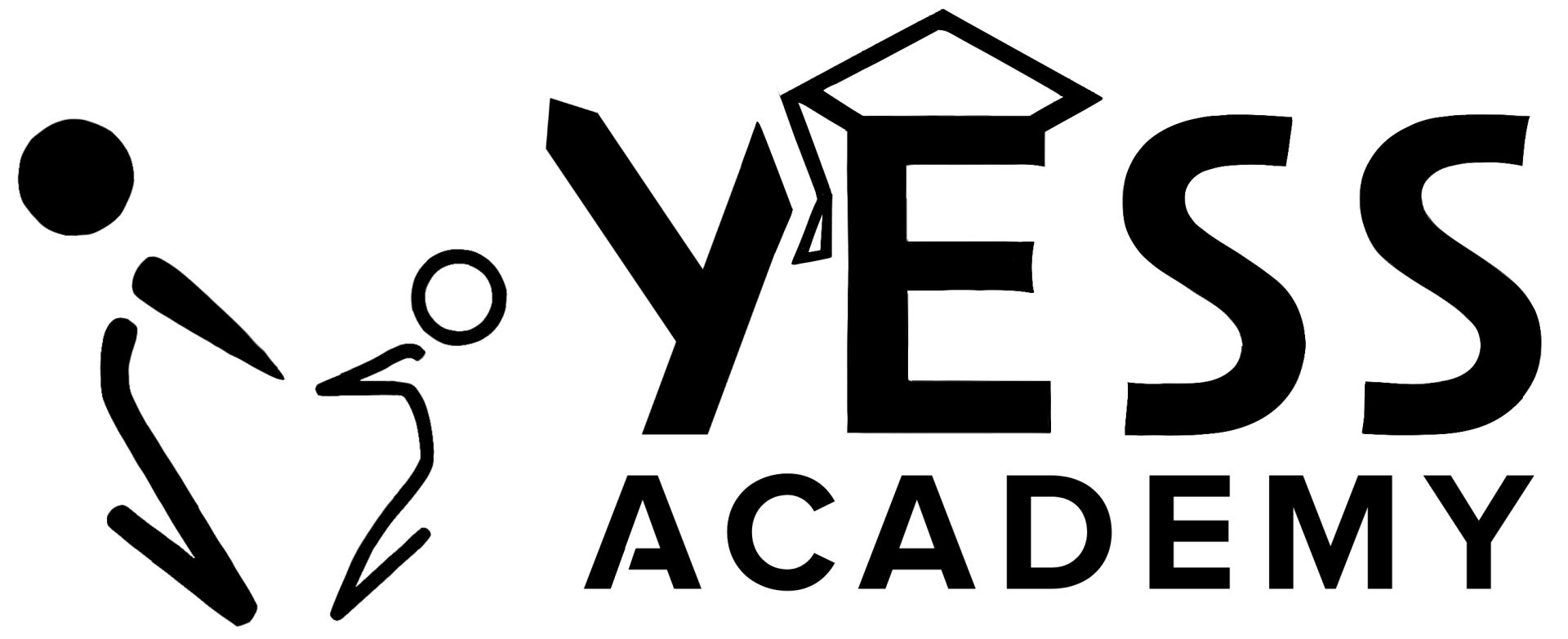THC, or tetrahydrocannabinol, is the primary psychoactive component of Cannabis. When consumed, it binds to cannabinoid receptors in the brain and nervous system, producing a range of effects such as altered perception, mood, and cognition. While Cannabis-use is generally perceived as a "harmless" recreational activity, its impact on adolescent development is a matter of growing concern.
Studies have shown that the adolescent brain is particularly vulnerable to the effects of THC. Ingesting Cannabis during this period can cause long-lasting changes in brain structure and function, leading to deficits in memory, attention, and decision-making skills. Adolescents who use Cannabis are also at greater risk for developing mood disorders, anxiety, and psychosis. (Also read:
How doe Cannabis use impact brain developement)
The chemical structure of THC is characterized by a cyclic ring system with a lipophilic side chain, which allows it to easily cross the blood-brain barrier and bind to the cannabinoid receptors. The potency of THC varies widely depending on the strain and method of consumption. In cannabis products, THC content can range from less than 1% to over 30%.
Despite the growing trend of Cannabis-use among adolescents, there is still much we don't know about the long-term effects of THC. More research is needed to better understand how it impacts brain development, and how it interacts with other substances and medications. As with any recreational drug, it is important to be aware of the potential risks and to make informed decisions about its use. Education, prevention, and intervention efforts are also critical in order to mitigate the negative impact of cannabis use on adolescent development.
THC is the primary psychoactive component of Cannabis, and its impact on adolescent development is a matter of concern. Its chemical structure allows it to easily cross the blood-brain barrier and bind to cannabinoid receptors, producing a range of effects. The potency of THC in cannabis products can vary widely, and its regulation in the United States is still a matter of debate. More research is needed to better understand its impact on brain development and to inform education and intervention efforts.
References:
Volkow, N. D., Baler, R. D., Compton, W. M., & Weiss, S. R. B. (2014). Adverse health effects of marijuana use. New England Journal of Medicine, 370(23), 2219-2227.
National Institute on Drug Abuse. (2019). Marijuana. Retrieved from https://www.drugabuse.gov/drug-topics/marijuana
United Nations Office on Drugs and Crime. (2009). Recommended methods for the identification and analysis of cannabis and cannabis products. Retrieved from https://www.unodc.org/documents/scientific/ST/NAR/Recommended_methods_for_the_identification_and_analysis_of_cannabis_and_cannabis_products.pdf
National Academies of Sciences, Engineering, and Medicine. (2017). The health effects of cannabis and cannabinoids: The current state of evidence and recommendations for research. Washington, DC: The National Academies Press.

